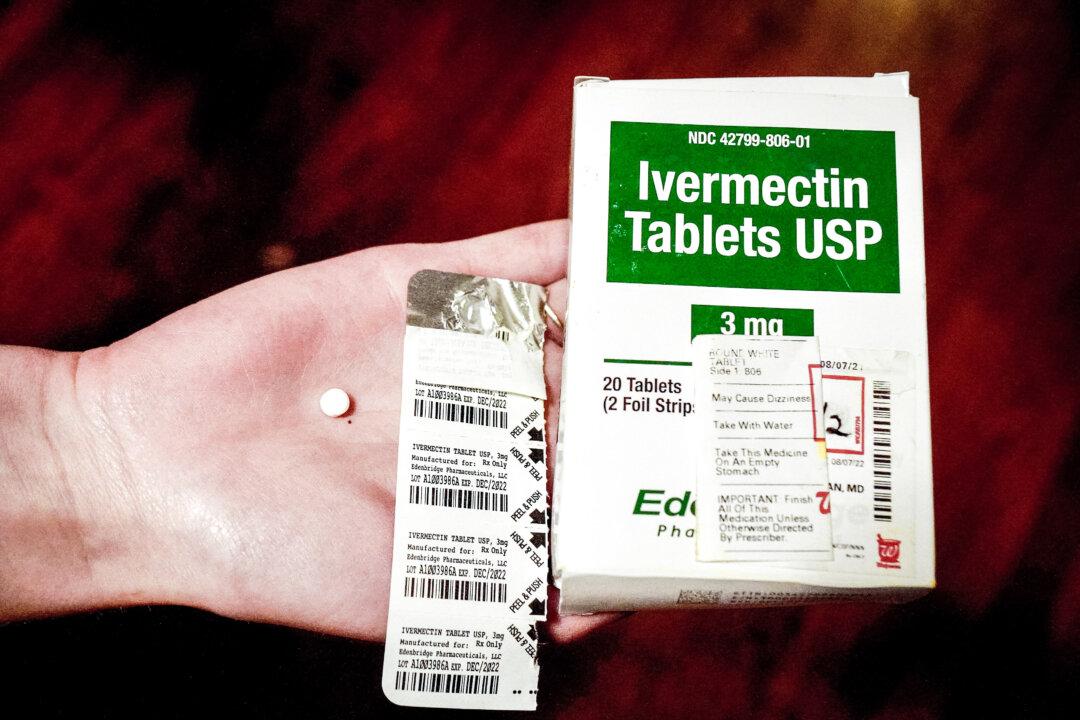There’s only one way to get an iPhone 6 without a contract ahead of the launch, and that’s through T-Mobile.
The iPhone 6 and iPhone 6 Plus are set to be released on September 19 at the base cost of $199 and $299, respectively. But those prices include two-year contracts with a major carrier.
T-Mobile is the only carrier offering contract-free phones, starting at $649 and $749, respectively.
Prices jump for both phones if additional GB is added. The 64 GB versions cost $749 and $849 and the 128 GB version cost $849 and $949.
Keep in mind that getting the contract-free phones means that contracts cost extra money. T-Mobile says that a contract will be $27.08 per month for 24 months.
Some people are saying that they called customer service and that the contract-free phones are not unlocked, while others are saying that they are unlocked and that they'll work with any gsm carrier.
The iPhone 6 has a screen size of 4.7-inches while the iPhone 6 Plus has a screen size of 5.5-inches.
Both phones come with iOS 8, A8 chips, and 8-megapixel iSight cameras, in addition to fingerprint identity sensors and other features.
And Wi-Fi calling will be enabled with the new phones. The new technology reroutes voice calls over Wi-Fi data networks.
T-Mobile refers to the tech within its system as Voice over LTE, or VoLTE.
The feature doesn’t require an app or activation. “Just connect to any available Wi-Fi network, check that Wi-Fi Calling is turned on on your capable smartphone, and make a call (or send a text, email, etc.) as you normally would. That’s it,” the company said in its announcement.
Check out an Associated Press update below.
Review: Apple Watch, iPhone 6

CUPERTINO, Calif.—As computerized wristwatches go, the upcoming Apple Watch looks impressive.
I like that it will come in two sizes, so the watch won’t feel giant on smaller hands, as some competing watches do.
I also like that Apple will offer a variety of straps and materials, so fitness buffs can get a strap that’s stronger and sweat-proof, while those seeking a fashion accessory can opt for an 18-karat gold edition.
Beyond looks, it’s great that the Apple Watch isn’t simply adopting the smartphone way of doing things. The operating system, Watch OS, was designed specifically for the watch, and its interface relies heavily on the dial to the right, known as the digital crown. Competing watches tend to emphasize the voice and touch controls found on phones.
Of course, it’s premature to conclude that you need an Apple Watch. I had only about 45 minutes with the Apple Watch and other new products announced Tuesday. The watch I was allowed to try on was running in a demonstration mode. It'll take more time with the watch — beyond a controlled environment — to make a solid conclusion.
What I’m seeing so far, however, points to another winner for Apple.
The home screen has all your apps, arranged in rows like a honeycomb. You use the dial to zoom in and choose one. The touch screen lets you slide the honeycomb around to see different portions of your app collection. I find this easier than swiping on a small screen to scroll through pages and pages of apps. With the Apple Watch, you can even rearrange apps so that your favorite ones are toward the middle.
App developers will be able to decide what types of notifications appear on the watch and let you take actions such as replying to messages. That’s an improvement over existing smartwatches, which largely replicate the notifications sent to your phone. To be compelling, the watch shouldn’t duplicate your phone. It should enhance it. Apple seems to get it.
As for using the dial to zoom in and out, Apple says that improves usability because you’re not blocking maps and other content on the screen the way pinching in and out would. That makes sense, though I'll need more time with the watch to assess how well the dial works on its own. With your home screen, for instance, you still need to slide apps around.
Another question mark is what kinds of apps will be available for it.
Apple announced a few useful ones, including the ability to unlock your Starwood hotel room with a tap of your watch. That’s easier than pulling out your room key from your wallet. BMW also promises one to help you find your parked car in a crowded lot. If it works, that beats walking around in circles.
Apple does have a good track record in getting software developers to make good apps for its systems. Many apps come to iPhones and iPads first, and some have bonus features unavailable on Android. If that trend continues with the Apple Watch, I have no doubt customers will find more useful things to do with it than the smartwatches already out.
Apple Watch will require an iPhone 5 or later and will have a starting price tag of $349, higher than rival watches. Expect to pay even more for the 18-karat gold edition and other premium models. You'll also have to wait until early next year, as Apple won’t have Apple Watch available in time for the holidays.
As for products and services that will be available sooner:
— IPHONE 6 and IPHONE 6 PLUS
Apple’s new 4.7-inch iPhone 6 and 5.5-inch iPhone 6 Plus are both larger than the current 4-inch models. They neutralize a key advantage Android phones have had: size.
And Apple managed to make its new phones thinner, with edges that are curved and fit nicely in the hands. Gone is the glass back, reducing the chances of breakage. The back will now be made of aluminum and feel more like an iPad.
To improve one-handed use, both new models will have a feature called reachability. With two light taps of the home screen button, the icons, controls and content on the top half of the screen snap to the bottom, so you can reach them with the same hand. Once you make your selection, everything snaps back to the top.
The iPhone 6 Plus also has new horizontal layouts to take advantage of the larger size.
Of course, apps have long worked either horizontally and vertically. On the Plus, horizontal viewing extends to the home screen, and apps will be able to arrange content in two columns.
When texting, for instance, contacts appear on the left and messages appear on the right. On smaller phones, including the regular iPhone 6, you get one or the other, not both side by side.
It’s a small touch, but it shows that larger doesn’t necessarily mean making everything bigger. Windows phones also make use of larger screens by squeezing in more content, but with Android phones, text and images just get blown up.
— MOBILE PAYMENTS
Few people use their phones to pay for goods and services at retail stores. That’s because it’s not difficult to pull out a plastic credit card, however insecure that technology might be. Apple is trying to change that with Apple Pay, which will come to the new iPhones in October and the upcoming Apple Watch when it’s out.
Apple improves over existing systems in a few ways:
— Apple already has your credit card information from iTunes, so setting Apple Pay up with your first credit card is easy. To add additional cards, you can either enter the details or snap a photo.
In my brief tests, the phone grabbed my credit card numbers correctly, though I sometimes had to enter my name and expiration date myself because of poor lighting conditions. But grabbing those numbers is a good start, as I’m prone to make typos with 16-digit numbers otherwise.
— Apple uses the phone’s fingerprint identification system to authorize purchases. Other wallet apps require passcodes, which can make mobile payments take longer than simply pulling out your credit card.
— Apple stores card information on a secure chip on your device, not on its servers. And it’s not even your real card number. Rather, Apple verifies your card information with your bank and then stores an alternative card number.
That way, if a merchant’s system gets hacked, only the alternative number is compromised, and that number would require one-time security codes available only with the physical possession of your phone.
— The system works with credit cards issued by a variety of banks, including all three of mine. A payment system called Softcard, formerly known as ISIS, doesn’t support any of my three banks. Amazon’s Fire phone has a wallet app, too, but it doesn’t even do credit cards, which is surprising for a retailer. It works only with gift cards.
Apple Pay’s usefulness will be limited until more merchants install the necessarily equipment, but many chains already do and more are coming.




